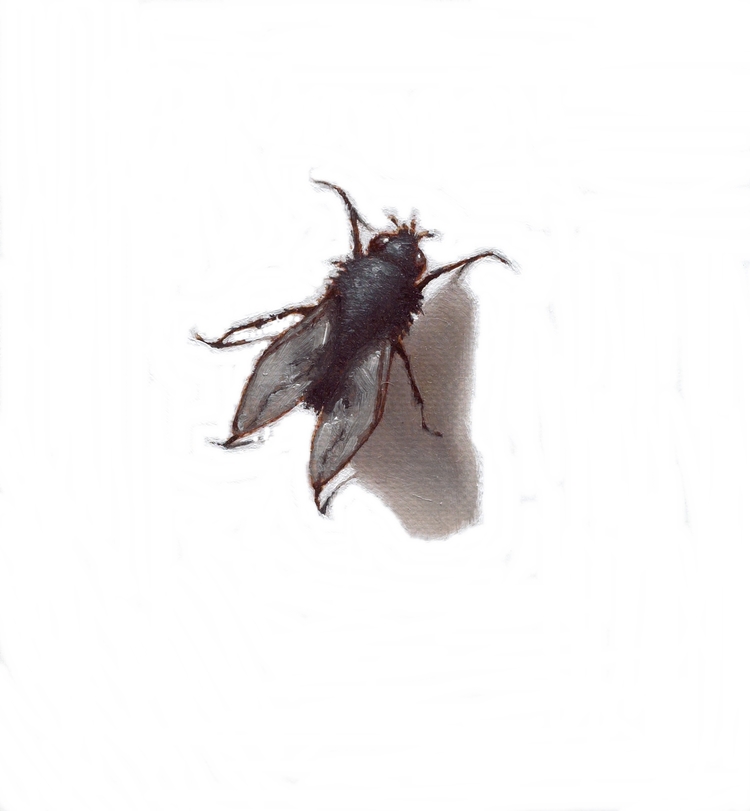Wonder...Women (2013)
Oil on linen on board
22in. x 33 3/4in.
In the previous essays addressing my paintings I have attempted to construct comprehensive narratives explaining the painting in their entirety. In this essay I have chosen to give only a hint toward a better understanding of the painting, “Wonder…Woman.” It is a consideration that figured greatly in the painting’s construction, conceptually and compositionally speaking—one with great implications for making and understanding contemporary art.
In an essay, “The Way to Language,” Martin Heidegger makes the following distinction with respect to the notion of signs. He writes: “The Greeks of the Classical Age know and understand the sign in terms of showing—the sign is shaped to show. Since Hellenistic times (the Stoa), the sign originates by a stipulation, as the instrument for a manner of designation by which man’s mind is reset and directed from one object to another object. Designation is no longer a showing in the sense of bringing something to light. The transformation of the sign from something that shows to something that designates has its roots in the change of the nature of truth.” “Wonder…Woman” attempts to address this distinction and to meditate on its implications.
The bottom portion of the composition speaks within the traditional idiom of trompe l’oeil painting, the painted objects sitting on top of the wall depicted in the painting, which in this mode of painting acts as the picture plane, and projecting into the viewer’s space. This portion of the painting signifies by means of designation. Meaning is generated through a relationship of the viewer to the projected or suggested objects and to the web of associations evoked by or added onto said objects due to cultural association or personal experience. The mind of the viewer desires to decipher the significance of this portion of the painting by accessing this web of associations. The things depicted do not show themselves, plain and simple, for what they are but act as guideposts along a conceptual journey leading to some sense of coherence.
The top portion of the composition functions quite differently. It is introduced to the viewer by means of the trompe l’oeil framing element. This element, however, creates a very different result. Instead of beginning and ending in that idiom, the tape frame acts as an introduction to a more traditional mode of realist painting wherein the tape frame acts as a window frame that defines the picture plane and ushers the viewer into a realm beyond itself. The frame delineates the entryway to a space beyond, and in that space hovers a simple cotton candy cloud in the blue expanse of the sky. The mind apprehends the elements of this scene quite differently from the scene below. The cloud shows itself to be itself, a cloud. The mind apprehends the cloud for what it is, a cloud. The experience, the showing is so powerful that all other mental functions cease. The mind does not pursue the web of associations as it did in the section below. The mind simply gazes and drinks in the willingness of the cloud to show itself. The act of showing paralyzes the discursive function of the mind by its sublime simplicity and presence. It experiences the cloud for its own sake. It wonders at the cloud. And from that wonder, as stated by Aristotle, is born all true philosophy.
